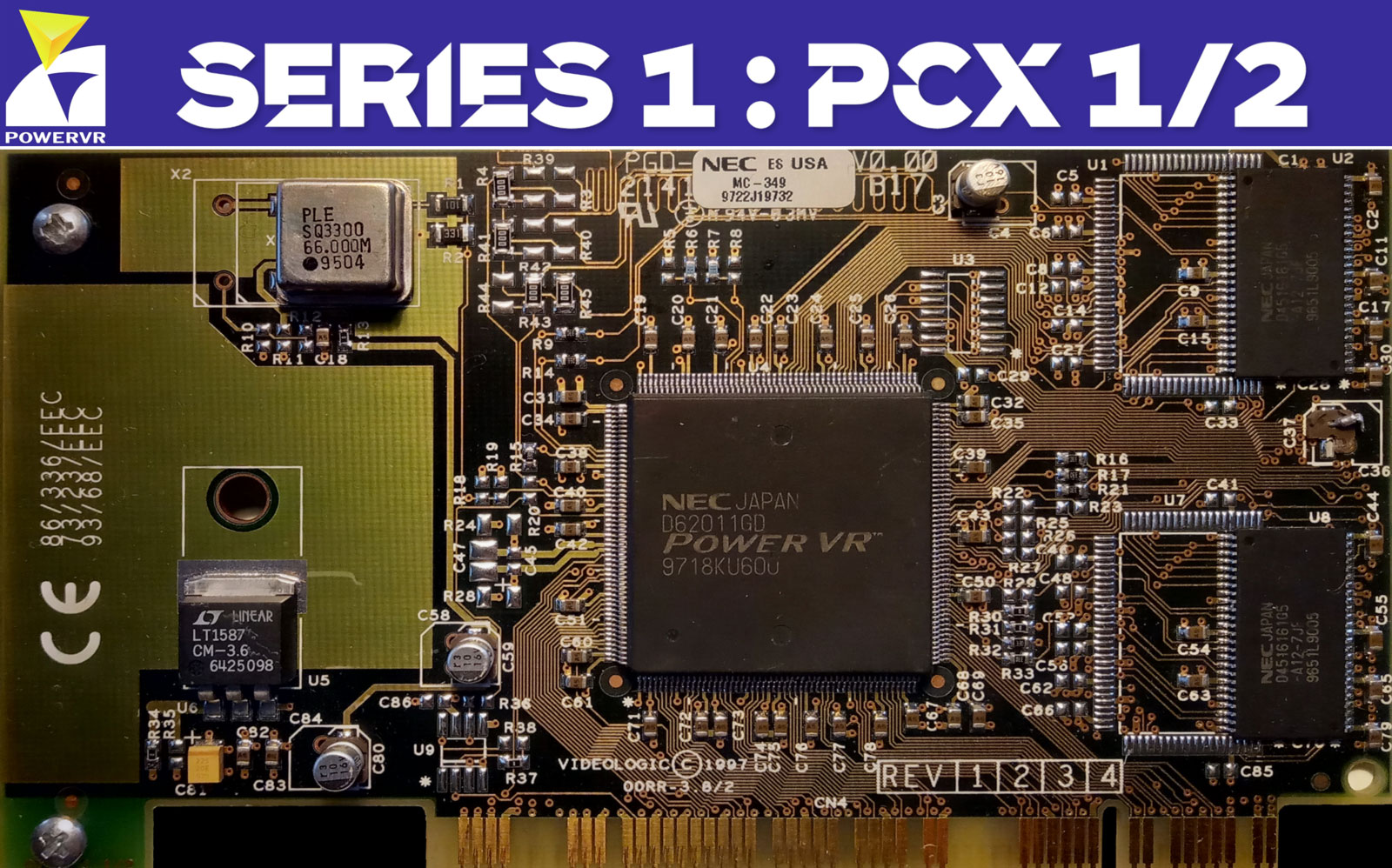Imagination Releases Source Code for 1990s PowerVR PC GPUs
UK based graphics processing unit design firm Imagination Technologies has released the original driver source code which was written to support the PowerVR Series 1 GPUs. These 3D acceleration exclusive GPUs are really quite ancient, having mostly been deployed in products in the mid/late 1990s, but Imagination Tech's move is nevertheless welcome and encouraging.
The release of source code to extend support for older and retro hardware is always popular with various computer enthusiast communities. Such generosity can allow retro computer enthusiasts, for example, to tinker with, update, and find new uses of what may otherwise be silicon waste. However, with the code/hardware being so old it is mostly going to be of interest to the curious. Ultimately enthusiasts want concepts like the right to repair extended to the right to continue to program and use old hardware – which can be enabled thanks to the open sourcing of products/firmware/software that are past their sell by dates.
If you follow the link to the GitHub repository hosting the source code, you will see that Imagination reasonably stipulates that it is posting this code as reference only. It adds that there are no guarantees it will compile or function correctly with your setup.
There is a special note about some licensing issues which means that Imagination can't supply some libraries and headers used in the PCX port of Tomb Raider.
PowerVR Series 1 GPUs (fabricated at 350nm) were to be found in three main product lines. Probably most familiar to older PC users will be the PCX1 and PCX2 based graphics cards. These featured up to 4MB of VRAM, and clock speeds as high as 66 MHz (which you could sometimes overclock to hit 75 MHz). You would have found these GPUs in the quite popular Apocalypse 3D and Apocalypse 3DX accelerators sold as PCI add in cards, much like we buy today. However, they were pure 3D accelerator cards (like the contemporaneous 3DFX Voodoo models were), so had to be paired with 2D capable graphics cards in the PC.
Before the first PowerVR Series 1 GPUs came to the PC DIY market, Compaq was an early adopter. At that time the GPU was codenamed Midas. There were a few iterations of this board, which Namco used to work on its Rave Racer port for PCs. Sadly this arcade racer port was cancelled, though insiders reckon it was the best looking 3D game on the PC at the time.
Imagination Technologies celebrated these early developments in a blog post, written to celebrate its 25th anniversary, back in 2017. Since those early PC days Imagination has primarily worked on mobile GPUs, and was an important Apple iDevice partner for a number of years.
Get Tom's Hardware's best news and in-depth reviews, straight to your inbox.
On the topic of Imagination Technologies and open source, earlier this month the firm revealed it was working on a new open source Mesa Vulkan driver for PowerVR Rogue GPUs. With the ball seemingly rolling, it will be interesting to see if there are further similar developments from the company in the coming months.

Mark Tyson is a news editor at Tom's Hardware. He enjoys covering the full breadth of PC tech; from business and semiconductor design to products approaching the edge of reason.
-
excalibur1814 OMG! I remember buying one of the (stand alone) cards. It was made by Creative (AFAIR). (Or am I thinking of something else?)Reply
It never, ever worked. It just kept blue screening etc. I tried everything I could! Dixons wouldn't refund and that's why I'll always remember that darn card.
Good times. I also remember having 2x nVidia cards to accelerate a racing game. The name escapes me. -
digitalgriffin Replyexcalibur1814 said:OMG! I remember buying one of the (stand alone) cards. It was made by Creative (AFAIR). (Or am I thinking of something else?)
It never, ever worked. It just kept blue screening etc. I tried everything I could! Dixons wouldn't refund and that's why I'll always remember that darn card.
Good times. I also remember having 2x nVidia cards to accelerate a racing game. The name escapes me.
I bought a Matrox M3D to go with my Matrox Millinium II card. It worked great. Better visuals (Actual alpha blending!) and a significantly higher framerate.
It was pretty revolutionary for the time using a tile based rendering approach.
